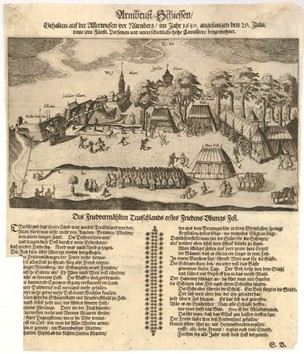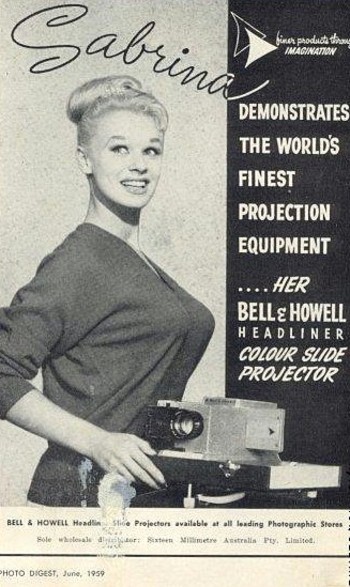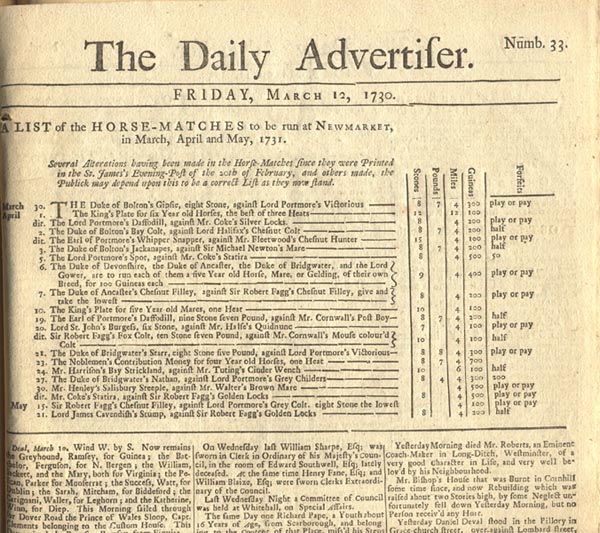On a tragic Nov. 22 over 52 years ago, Americans were bombarded with the news of President John F. Kennedy assassination in Dallas, Texas. According to Reuters “the six seconds” that ended with the U.S. President’s life, transformed news coverage and the way people perceived the media.
The news spread very rapidly. According to The Observer, Lee Oswald fired at the President at 12:30 pm, Dallas time. Four minutes later, the United Press International wire reported the attack. Within 30 minutes 68 percent of Americans heard the news of the attack and within 90 minutes 92 percent were aware of the news.
For the first time ever, news outlets of the time had to cover the unexpected developing events heavily and continuously to feed the need of information not only Americans were hungry for, but the whole world. Major news outlets went live using the primitive technology available at the time and silent footage, skipped commercials, and tried to bring the updates to an audience that has never relied on TV as much as it had on newspapers and radio.
The need for news was tremendous worldwide and outlets engaged in a new coverage style that paved the way news is brought to audiences today.
CBS veteran broadcaster Bob Schieffer told Reuters “The Kennedy assassination became the template for coverage”.
In addition to live coverage, correspondents were on the street asking citizens who witnessed the gunfire or were near the area where the president’s motorcade drove by, they were outside police stations and even at the hospital where the president was taken.













